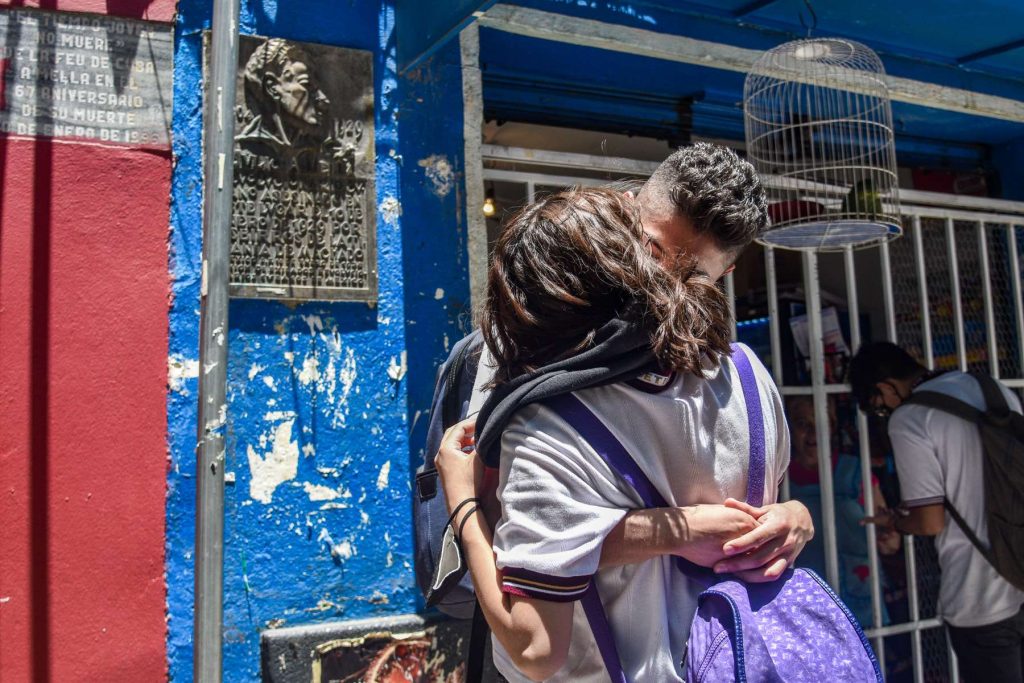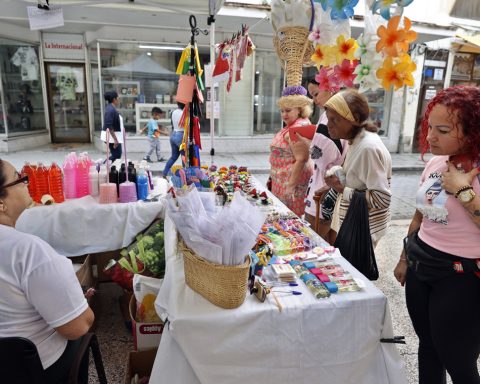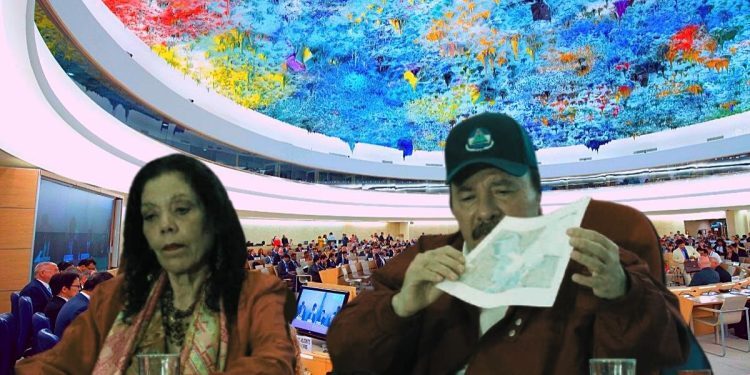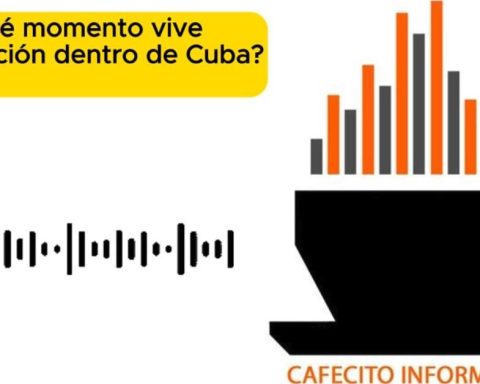Colonia Juarez. Mexico City. Thursday, June 2, 2022. A couple of teenagers, dressed in school uniforms, cross the intersection between Avenida Morelos and Calle Abraham González at a fast pace. They walk along the sidewalk of the latter and about 15 meters away they stop at a drinks and sweets kiosk, very close to where I am standing. She asks for a chocolate. In the brief waiting time, he whispers something in her ear and the girl smiles complicitly. They hug. They kiss.
I portray those moments and the noise of my camera betrays my presence. The couple look at me and smile, blushing.
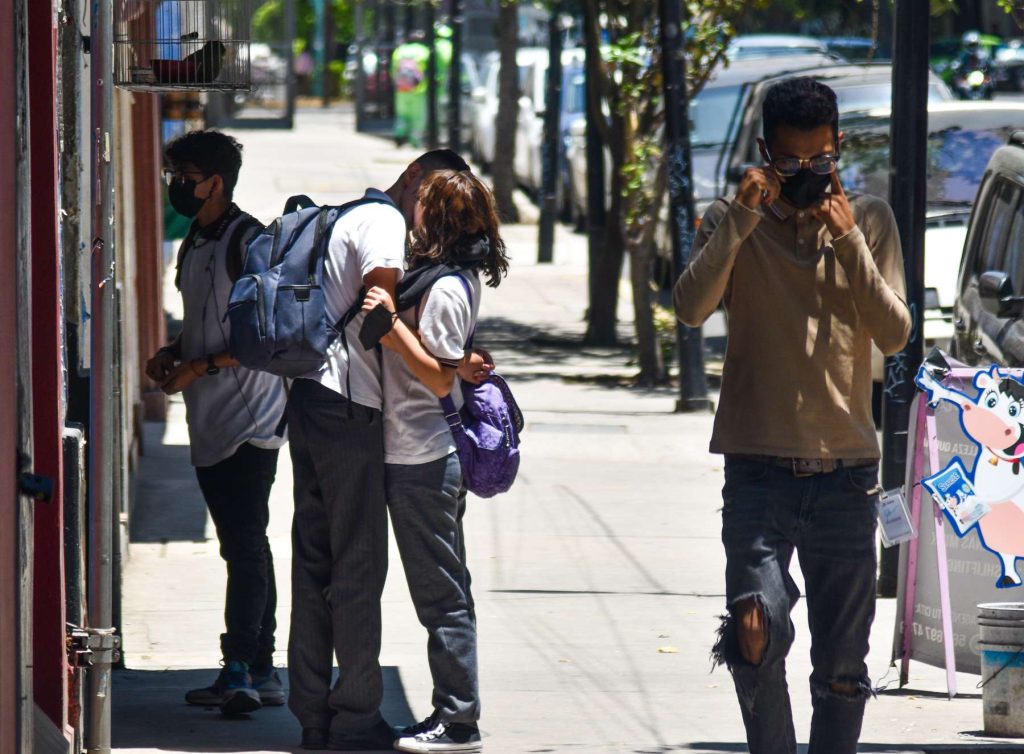
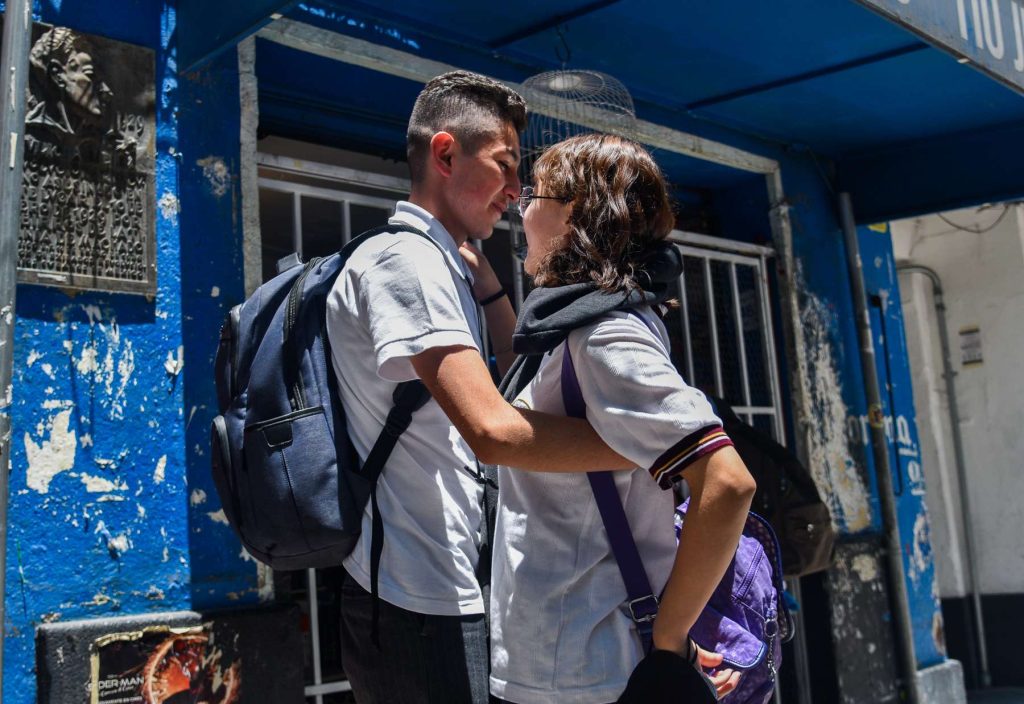
More than a century ago, on the night of Thursday, January 10, 1922, also between laughter, kisses and hugs, Abraham González and Morelos crossed the streets of two young lovers. They were Julio Antonio Mella and Tina Modotti.
—Let’s go through Morelos, Julio. It is wider, less dark.
Julio cinches her waist under the black jacket. Tina would like to sink into her side, be a single nocturnal scent with him. I wish I had longer legs, they would walk linked. It won’t be long, he thinks. A few meters away the hug awaits them.
When turning left onto Abraham González, a bang, a line of fire immobilizes her. Another almost simultaneous detonation.
It’s against him, Tina thinks. She notices that she is no longer holding Julio’s arm. “Julio, Julio”, does she yell, name, shut up? A shadow moves away from her behind her back — “Julio” —, she goes ahead there. She watches him take three steps, another one, and collapse. “Julio”, she runs towards him. She screams in all directions. Help, help, Julio, help. A car, please help, a doctor, for charity. The only real thing on the street is the smell of gunpowder on the burnt sleeve of her jacket and between her arms the head of Julio murmuring: “Pepe Magriñá has to do with this.” Julio bleeding to death, and in a supreme effort: “I die for the revolution.”
“No, Julio, you’re going to be fine, Julio, right now.” She kisses him on the forehead.
Tina’s knees are soaked in blood, Julio is weightless. She leaves him, it’s almost not him anymore.
“Quickly, sir, a car, please!” You are not a doctor? Sir, isn’t there a doctor around here? You have to take him to the hospital!
She is no longer alone. In the dark, gazes surround them.
-My love.
Tina kisses him over and over again, caresses his forehead, his hair.
It is the beginning of very tiny, historical novel with overtones of fiction by the Mexican writer Elena Poniatowska. The scene reconstructs the tragic murder of Mella, after two shots from a 38 revolver took the life of the 25-year-old revolutionary. The first bullet went through the left elbow and intestine; the second punctured a lung.
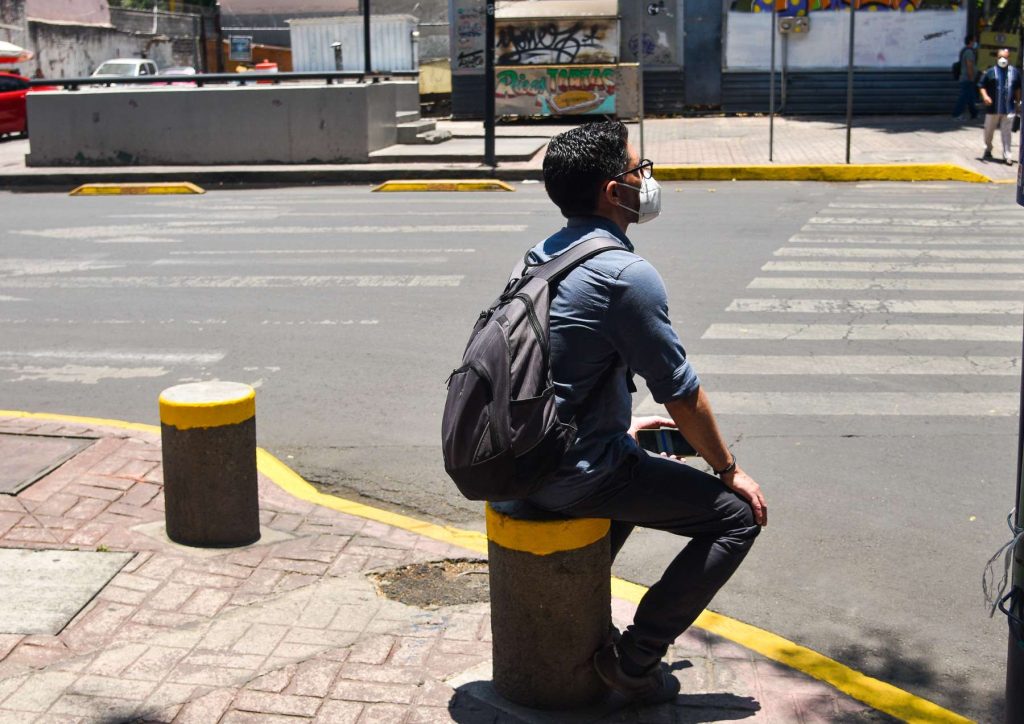
very tiny It is based on Modotti’s real life. Published in 1992 and with a 2006 edition by Casa de las Américas as part of the Latin American Literature collection, it explores Modotti’s personal and political relationships, his artistic career, and his struggles. One of the most passionate and sad parts of the book is precisely the one dedicated to his love affair with Mella.
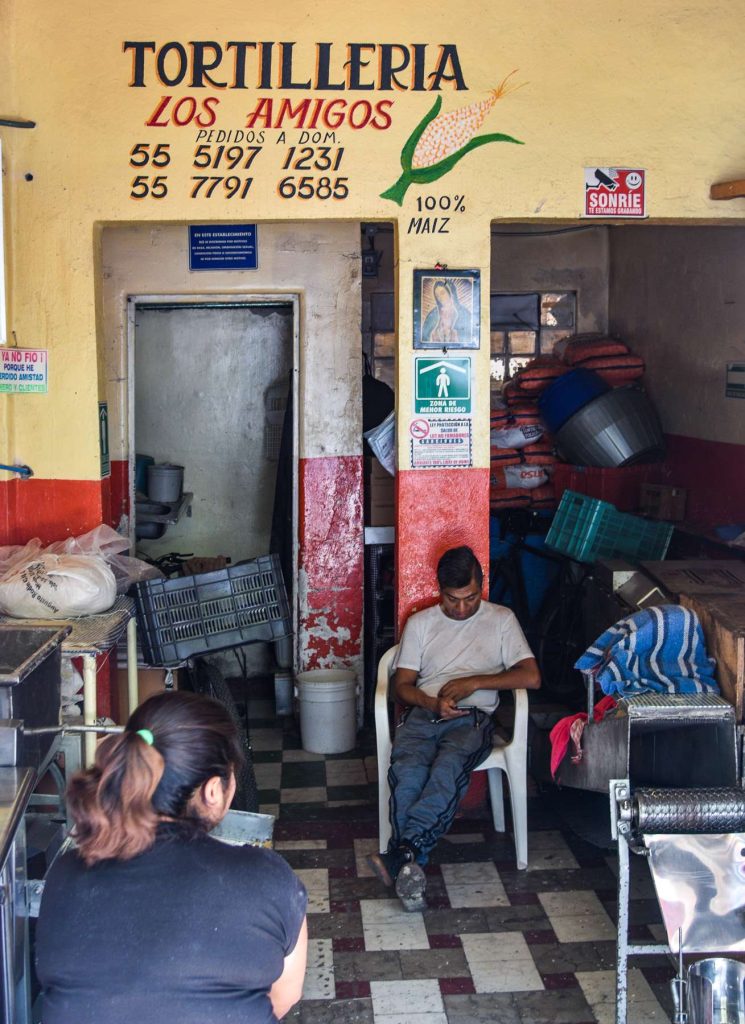
Assunta Adelaide Luigia Modotti Mondini, known as Tina Modotti, was born in Italy in 1896 and immigrated to the United States as a teenager. She there she worked as a model and actress before the Edward Weston introduced her to the world of photography. Modotti quickly became a talented and successful photographer, known for her avant-garde style and her focus on everyday people and workers.
In 1921 she moved to Mexico with her then husband, the artist Robo Richey. There she became involved in the political and social struggle of the country, working with the Mexican Communist Party and other leftist groups. In addition, she made contact with the painter Diego Rivera, who became her mentor and friend.
Julio Antonio Mella, born in Havana in 1903, the son of Nicanor Mella Brea, a Dominican tailor, and the Irish Cecilia Magdalena McPartland Reilly, was the founder of the First Communist Party of Cuba, an inspiration for the University Reform, and an organizer of the University Student Federation (FEU) and one of the forerunners of the 1933 Revolution. He founded the Anti-Imperialist League of the Americas. After being persecuted by the Machado dictatorship and imprisoned for his intense political activity in Cuba, he was forced into exile in Mexico.
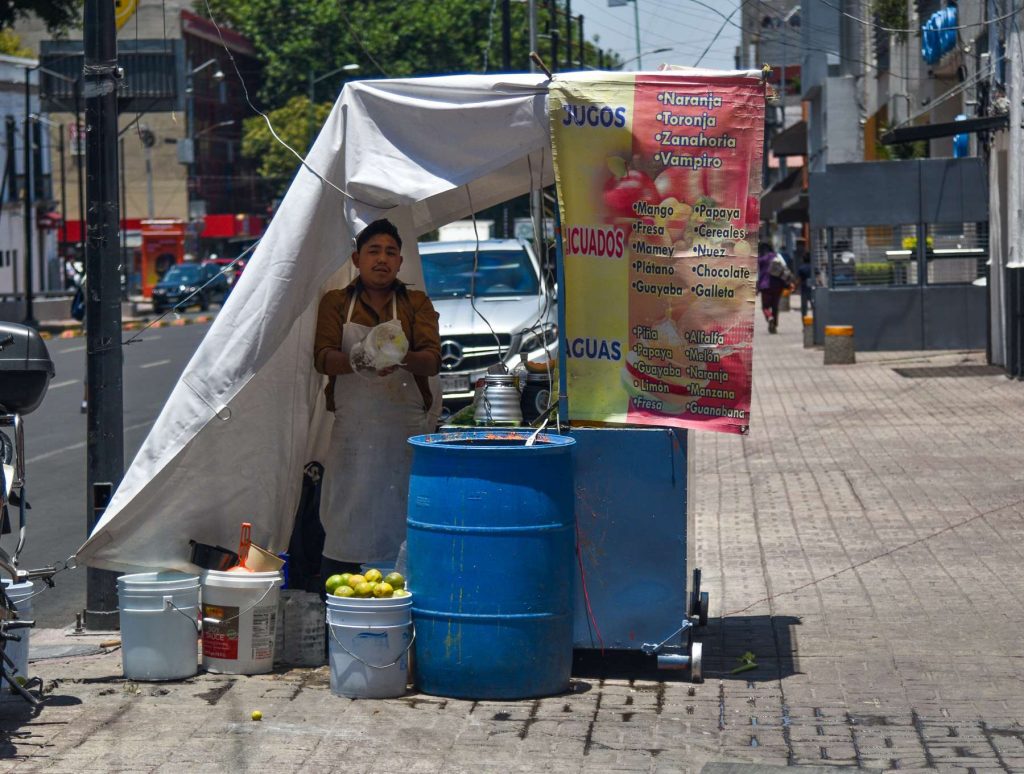
Modotti and Mella met in that country in 1927, at a meeting of the Anti-Imperialist League of the Americas. They began to frequent the same circles, the house of Diego Rivera and Frida Kahlo, as well as spaces for political activism. The attraction was immediate and they soon became lovers.
The couple was plagued by political and personal tensions. Mella was a radical revolutionary, who believed in the armed struggle; Modotti was more cautious.
His was a story of passion, politics and tragedy. The relationship lasted just over a year, but it was intense. Just look at the Pictures that Tina did to Mella, even after her death; seems asleep. On her side, he talked about her to everyone. He called her Tinísima (hence the name of the book) and he used to call her “the most beautiful flower in Mexico.”
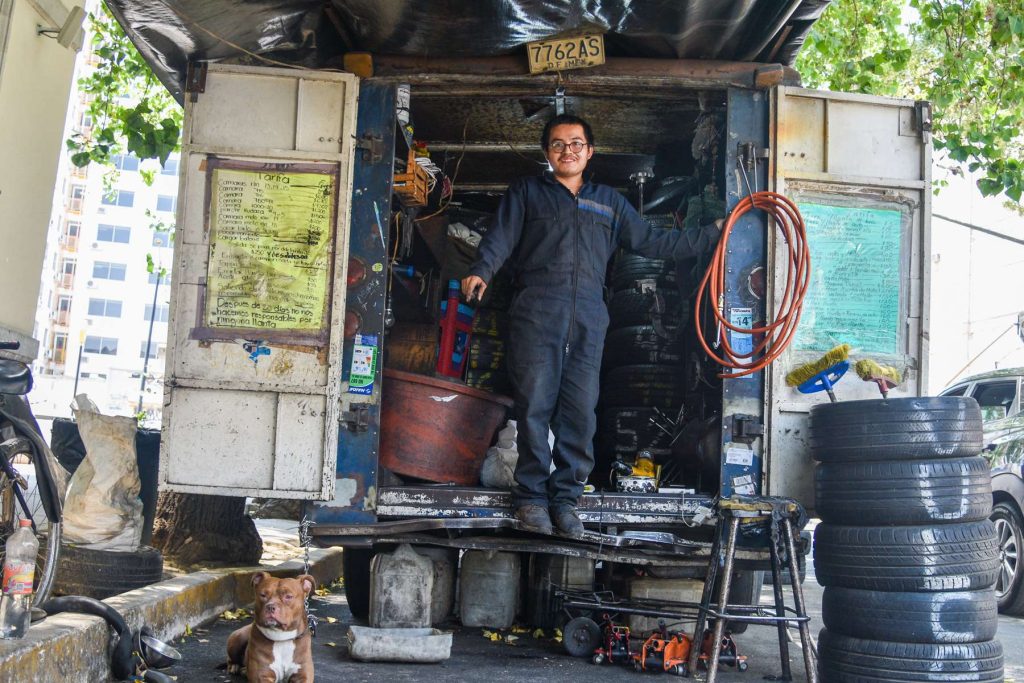
Mella’s death was a devastating blow for Modotti. To the intense pain of the loss of her lover, she had to add the accusations of complicity in the murder. The reactionary Mexican press called her a “prostitute” or a “pernicious foreigner.”
Mella’s murder would never be fully clarified. An old controversy hovers around the intellectual author of the murder. The best-known story is that the Machado dictatorship ordered him to be killed. A less treated version points to a Stalinist group led by the Italian Vittorio Vidali.
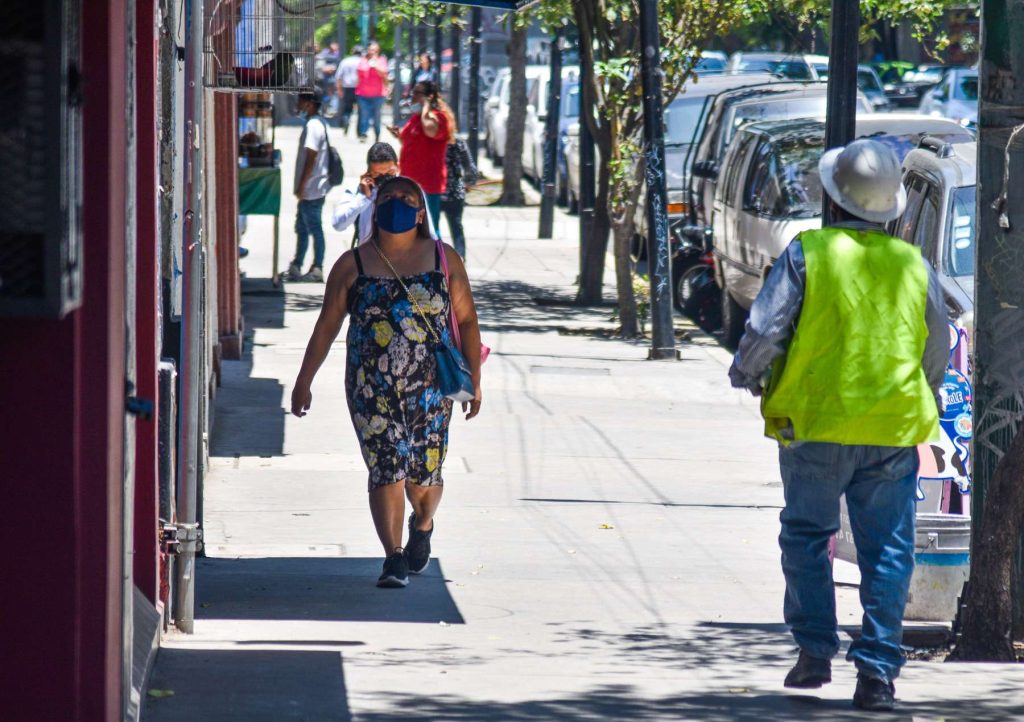
“The order to eliminate Mella came from the International and was carried out by gunmen at the service of Vidali, who saw in the young Cuban an obstacle to the designs of Moscow in Mexico,” says the Italian writer Pino Cacucci, author of the book Tub, biography that in some aspects differs from the work of Poniatowska.
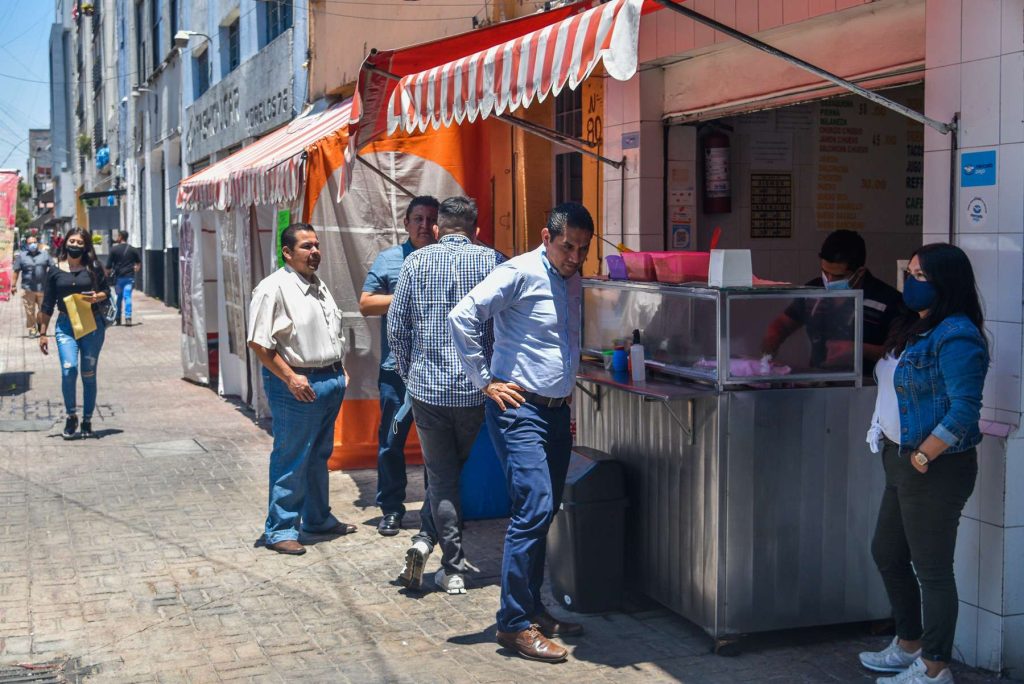
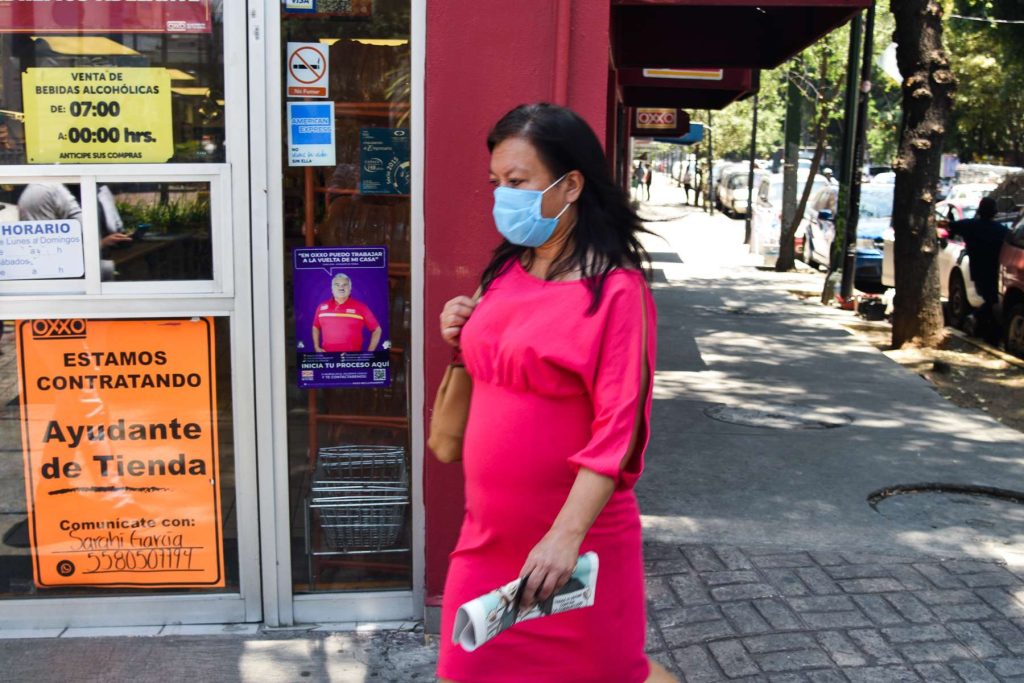
At trial, Tina was acquitted. She soon after left Mexico and returned to Europe, where she continued her career as a photographer alongside political activism.
reading the books very tiny and Tub they piqued my interest more than any history class. Furthermore, because of those texts, the day I landed in the Mexican capital I asked my host, my friend Abel Somohano, to take me to the site of the events.
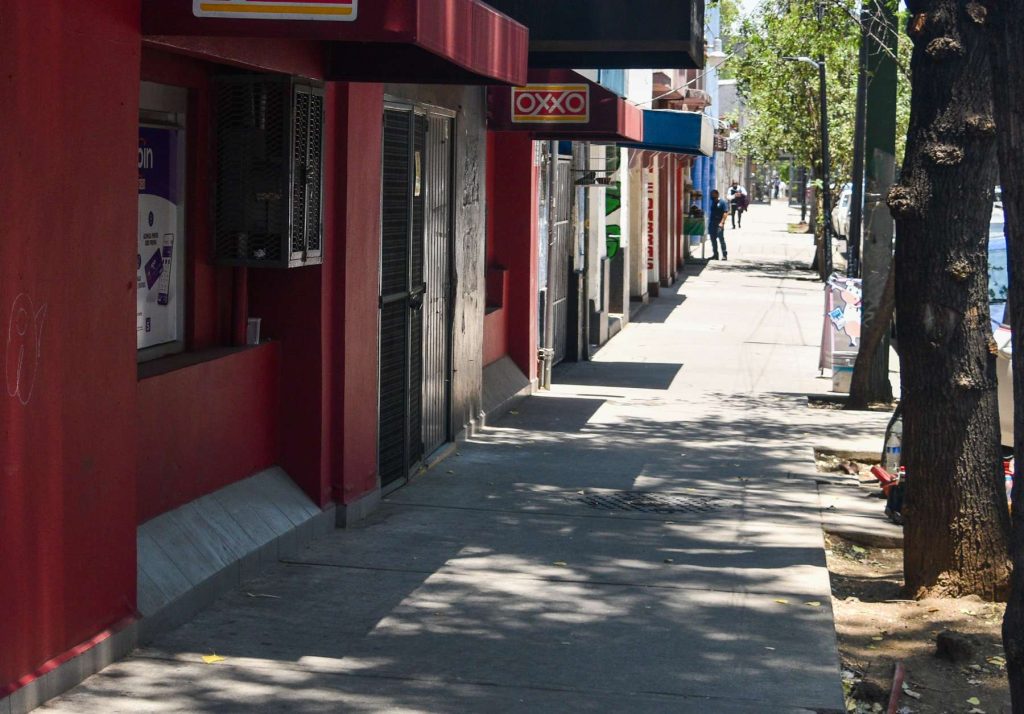
On the wall of the kiosk there are two plaques that remind the Cuban. One, with its profile sculpted in bronze in the likeness of a well-known photo Taken by Tina herself, it was placed in 1938 by the National Association of Cuban Revolutionary Emigrants (ANERC), a group created by Mella. The other, in marble, dates from 1993, placed by the Cuban University Student Federation (FEU).
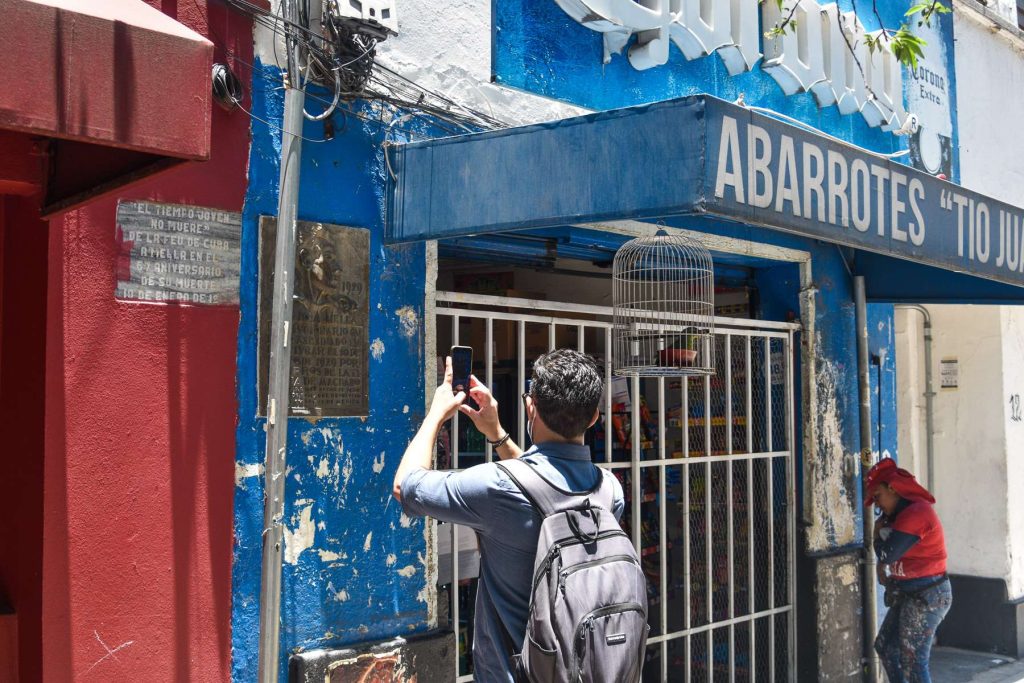
Before finding the plaques, we asked people in the surroundings if they knew the place where one of the great names in the history of Cuba died. We inquired in the corner, in a food stall; with a mechanic in his workshop, right in front of the tarjas that we hadn’t seen yet, and with some neighbors on the same sidewalk. Apparently no one knew about Mella and Tina. Or almost no one.
Cristina, a woman in her 60s who attends the kiosk where the student couple was, does know. What’s more, she has printed a brief review of the mythical young people on the left, which she distributes to those who come to her business to make them know the story.
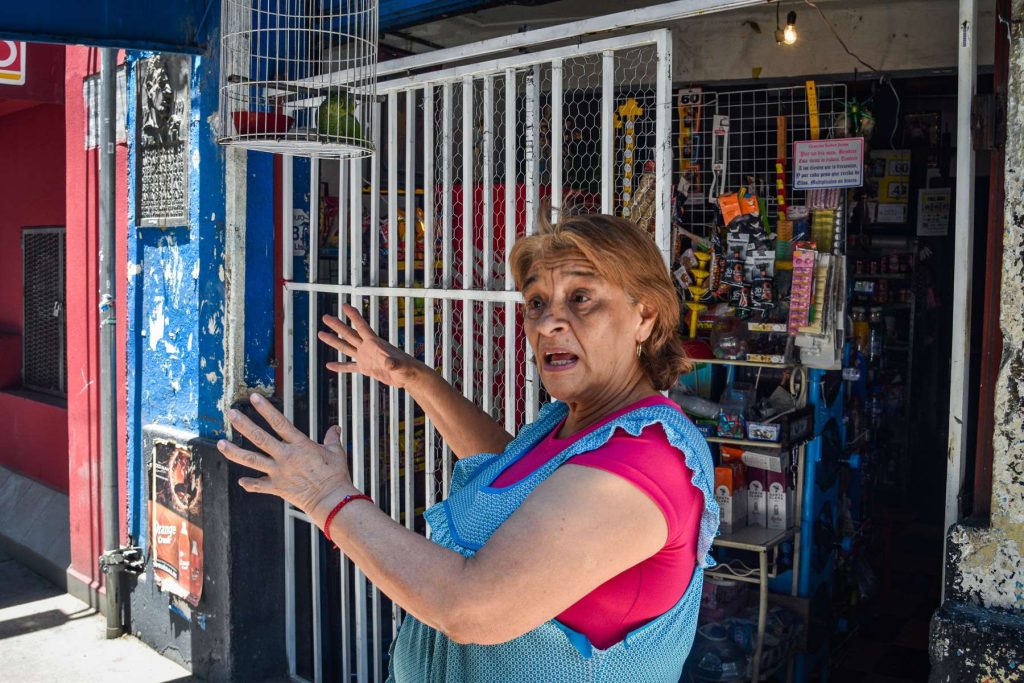
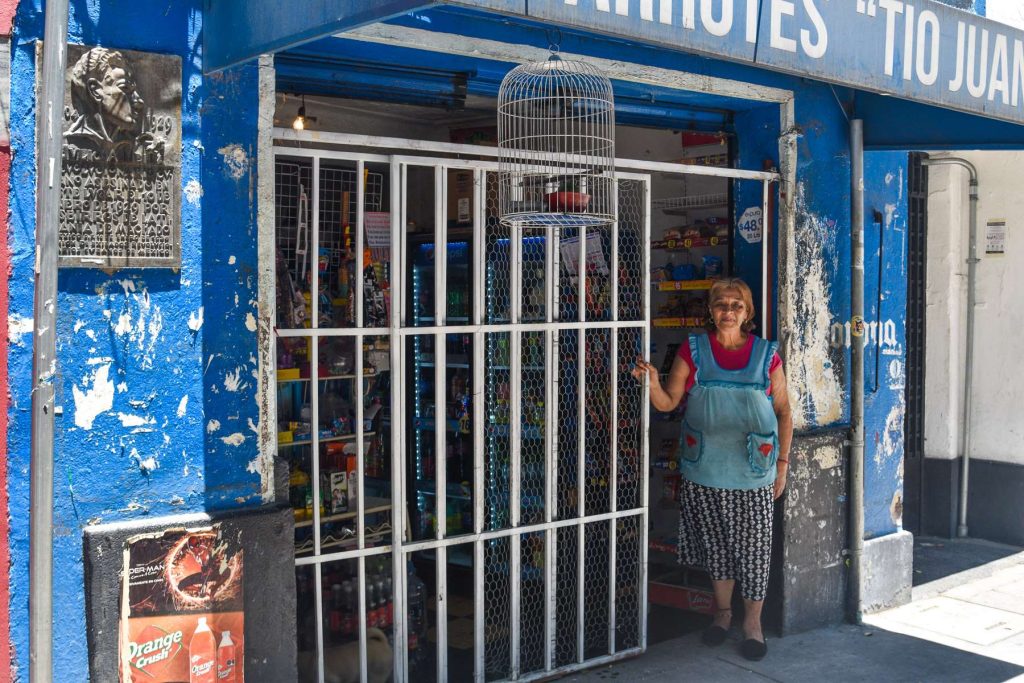
Coincidentally it is Thursday, like that fateful night. And, more coincidentally, a couple of students hug and kiss, ninety-three years after Mella’s premature death and Tina’s inconsolable crying. This time, the hug will have a happy ending.
